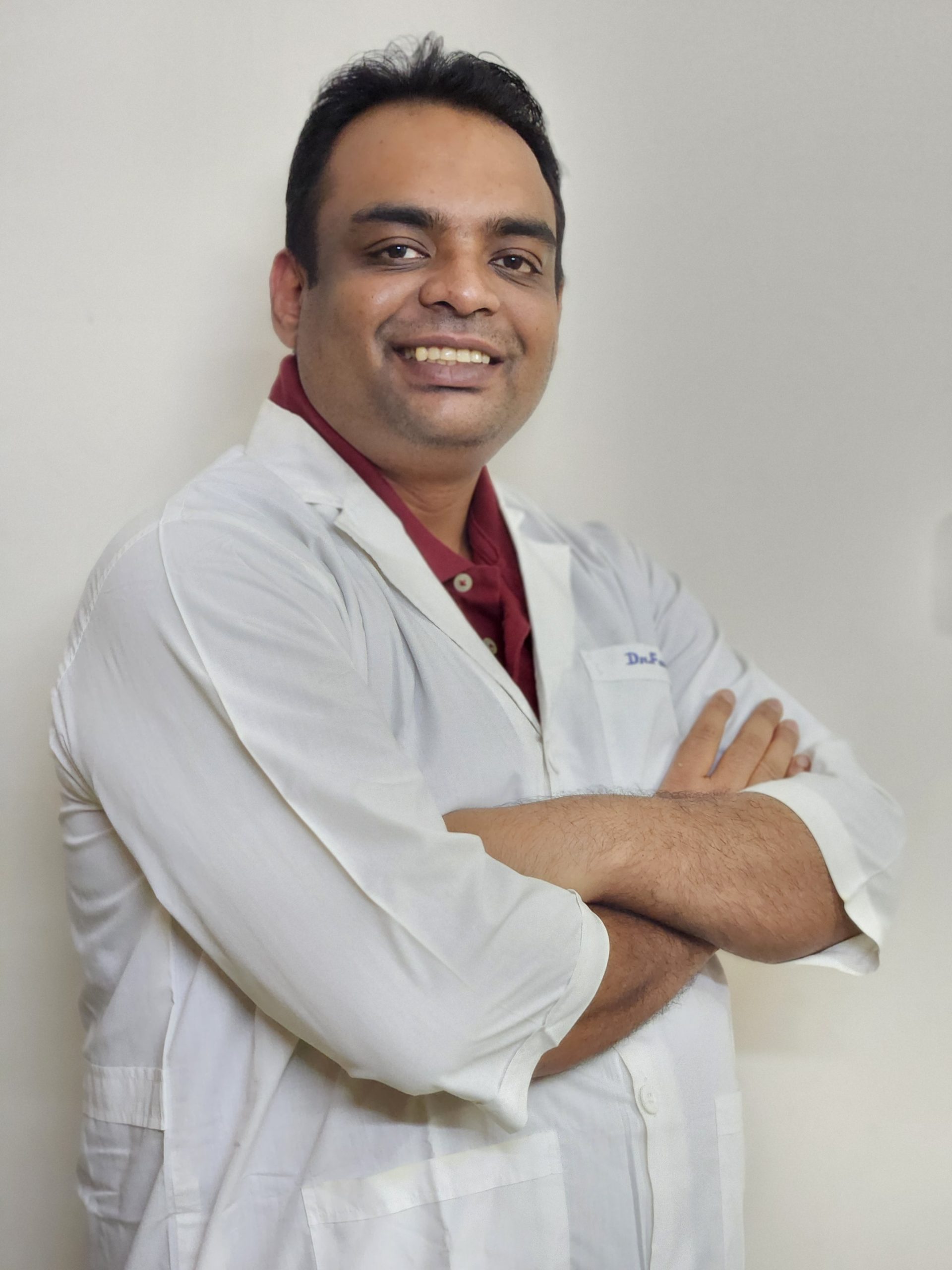
breast surgery
Best breast Surgeon In Dhaka
Breast surgery plays a critical role in the diagnosis, treatment, and management of various conditions affecting the breasts, with a particular focus on breast lumps and breast cancer. This comprehensive guide aims to explore the journey from the discovery of a breast lump to the various surgical interventions involved in the treatment of breast cancer. We’ll delve into the importance of early detection, the types of breast surgery, and the holistic approach to breast health.
Early Detection and Breast Health:
Early detection of breast lumps and breast cancer is paramount for effective treatment and improved outcomes. Regular breast self-exams, clinical breast exams by healthcare professionals, and mammography screenings are essential components of early detection efforts.
1. Breast Self-Exams:
- Regular breast self-exams empower individuals to become familiar with the normal texture and appearance of their breasts. Any changes, such as the presence of a lump, should be promptly reported to a healthcare provider.
2. Clinical Breast Exams:
- Healthcare professionals, including primary care physicians and gynaecologists, perform clinical breast exams during routine check-ups. These exams help identify any abnormalities that may require further investigation.
3. Mammography:
- Mammography is a specialized X-ray of the breast tissue used for screening and diagnosing breast conditions. It can detect abnormalities, including breast lumps, at an early stage.
Breast Lump Evaluation:
The discovery of a breast lump often prompts a series of diagnostic evaluations to determine the nature of the lump and its potential association with breast cancer.
1. Imaging Studies:
- In addition to mammography, other imaging studies such as ultrasound and magnetic resonance imaging (MRI) may be employed to obtain detailed images of the breast tissue. These studies help characterize the lump and guide further diagnostic steps.
2. Biopsy:
- If imaging studies indicate a suspicious lump, a biopsy is typically performed to obtain a tissue sample for microscopic examination. Types of biopsies include fine-needle aspiration, core needle biopsy, and surgical biopsy.
III. Types of Breast Surgery:
The surgical management of breast conditions, particularly breast cancer, involves various procedures tailored to the specific characteristics of the disease. Common types of breast surgery include:
1. Lumpectomy:
- Also known as breast-conserving surgery, a lumpectomy involves the removal of the cancerous lump and a surrounding margin of healthy tissue. This approach aims to preserve as much of the breast as possible.
2. Mastectomy:
- A mastectomy involves the complete removal of the breast tissue. Different types of mastectomies include total mastectomy, which removes the entire breast and modified radical mastectomy, which also removes lymph nodes under the arm.
3. Sentinel Lymph Node Biopsy:
- During breast cancer surgery, the sentinel lymph node, the first lymph node to which cancer is likely to spread, may be removed and examined. This helps determine whether cancer has spread to the lymph nodes.
4. Axillary Lymph Node Dissection:
- In cases where cancer is found in the sentinel lymph node, additional lymph nodes in the armpit may be removed to assess the extent of lymph node involvement.
5. Reconstructive Surgery:
- Following mastectomy, some individuals opt for breast reconstruction to restore the appearance of the breast. Reconstruction can be performed using implants or tissue from other parts of the body.
Treatment Sequencing and Multidisciplinary Approach:
The treatment of breast cancer often involves a multidisciplinary approach, where various medical professionals collaborate to develop a comprehensive treatment plan. The sequence of treatments may include surgery, chemotherapy, radiation therapy, hormone therapy, and targeted therapies.
1. Neoadjuvant Therapy:
- In some cases, chemotherapy or hormone therapy may be administered before surgery to shrink tumours and make them more manageable for surgical removal.
2. Adjuvant Therapy:
- Following surgery, adjuvant therapies such as chemotherapy, radiation therapy, or hormone therapy may be recommended to eliminate any remaining cancer cells and reduce the risk of recurrence.
3. Collaboration Among Specialists:
- Surgeons work closely with oncologists, radiation therapists, and other specialists to ensure a coordinated and comprehensive approach to breast cancer treatment.
Postoperative Care and Recovery:
Postoperative care is integral to the overall recovery and well-being of individuals undergoing breast surgery. This phase involves physical and emotional support, as well as ongoing monitoring for potential complications.
1. Wound Care:
- Proper wound care is essential for individuals who have undergone breast surgery. Patients receive guidance on cleaning and caring for the surgical site to minimize the risk of infection.
2. Pain Management:
- Pain management strategies, including medications and other interventions, are employed to alleviate postoperative discomfort. Open communication with healthcare providers is crucial to ensure optimal pain control.
3. Physical Therapy:
- Depending on the type of surgery and individual needs, physical therapy may be recommended to help restore range of motion, strength, and function to the affected area.
4. Emotional Support:
- Breast surgery, especially for cancer treatment, can have a profound impact on emotional well-being. Access to counseling, support groups, and resources for coping with emotional challenges is an integral part of postoperative care.
5. Follow-up Appointments:
- Regular follow-up appointments with the surgical team and other healthcare providers are scheduled to monitor recovery, address any concerns, and perform necessary imaging studies or tests.
VI. Potential Complications:
While breast surgery is generally considered safe, there are potential complications associated with these procedures:
1. Infection:
- Infection at the surgical site is a risk, and prompt attention to any signs of infection, such as redness, swelling, or discharge, is crucial.
2. Bleeding:
- Excessive bleeding is a rare but potential complication. Surgeons take measures to minimize bleeding during surgery, but monitoring for any signs of postoperative bleeding is essential.
3. Lymphedema:
- Lymphedema, swelling caused by the accumulation of lymph fluid, may occur, particularly after lymph node removal. Proper care and monitoring help manage this condition.
4. Scar Tissue Formation:
- Formation of scar tissue at the surgical site is a natural part of the healing process. However, in some cases, excessive scar tissue may lead to issues such as tightness or discomfort.
5. Changes in Sensation:
- Some individuals may experience changes in sensation, such as numbness or tingling, in the breast or surrounding areas after surgery.
Conclusion:
Breast surgery, particularly in the context of breast lumps and breast cancer, is a multifaceted journey that involves early detection, diagnostic evaluation, and a range of surgical interventions. The emphasis on a multidisciplinary approach, personalized treatment plans, and comprehensive postoperative care underscores the commitment to improving outcomes and the overall well-being of individuals affected by breast conditions.
As medical knowledge and technology continue to advance, the landscape of breast surgery evolves, offering individuals more options, improved outcomes, and a more holistic approach to breast health. It is crucial for individuals to actively participate in their healthcare decisions, engage in open communication with their healthcare providers, and access the support and resources needed for a comprehensive and successful breast surgery journey.
emergency
Lorem ipsum dolor sit amet, consectetur adipiscing elit. Ut elit tellus, luctus nec ullamcorper mattis, pulvinar dapibus leo.
